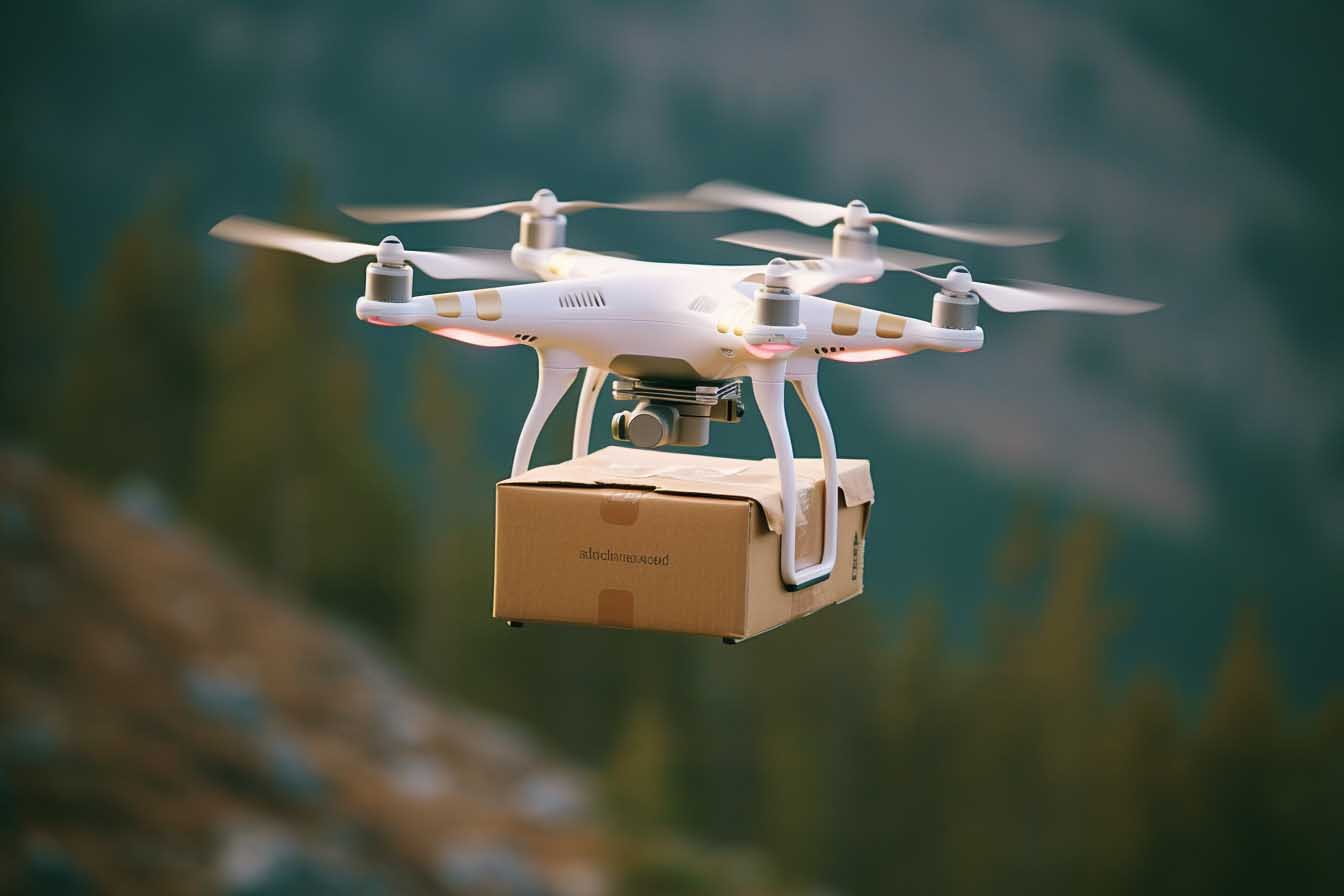TLDR:
- The adoption of eSIM technology is set to revolutionize the cellular Internet of Things (IoT) market, offering efficiency, flexibility, and choice to enterprises globally.
- Innovations in eSIM technology are addressing previous challenges, leading to projections estimating a significant increase in connections from 1 billion in 2023 to over 3.6 billion by 2030.
In a recent article by VoIP Review, the significant transformation of the cellular IoT market through eSIM technology was highlighted. The advancements in eSIM technology, driven by the GSMA SGP.31/32 specifications, are expected to skyrocket adoption in the IoT sector. Despite previous challenges, such as power and computing limitations, innovations in eSIM technology are paving the way for widespread adoption. This surge in eSIM adoption is also influenced by emerging trends like 5G RedCap and 5G Massive IoT.
John Canali, an IoT Principal Analyst at Omdia, emphasizes that the evolving eSIM landscape is fostering a competitive environment among communication service providers. The recent introduction of the GSMA SGP.32 eSIM specification tailored for IoT applications promises cost savings, enhanced flexibility, and extended device lifespan, addressing long-standing barriers to eSIM adoption in various industries. Andrew Brown, Practice Lead for IoT at Omdia, notes that this development is crucial in harmonizing device provisioning processes across consumer and IoT devices.
Omdia’s research, including insights from a survey of over 700 global IoT enterprises, reveals a strong inclination towards eSIM/iSIM technology. Nearly 90% of the surveyed enterprises plan to embrace eSIM/iSIM within the next two years, highlighting the technology’s potential to bolster network reliability, manage costs effectively, and comply seamlessly with local regulations while enhancing security measures.







